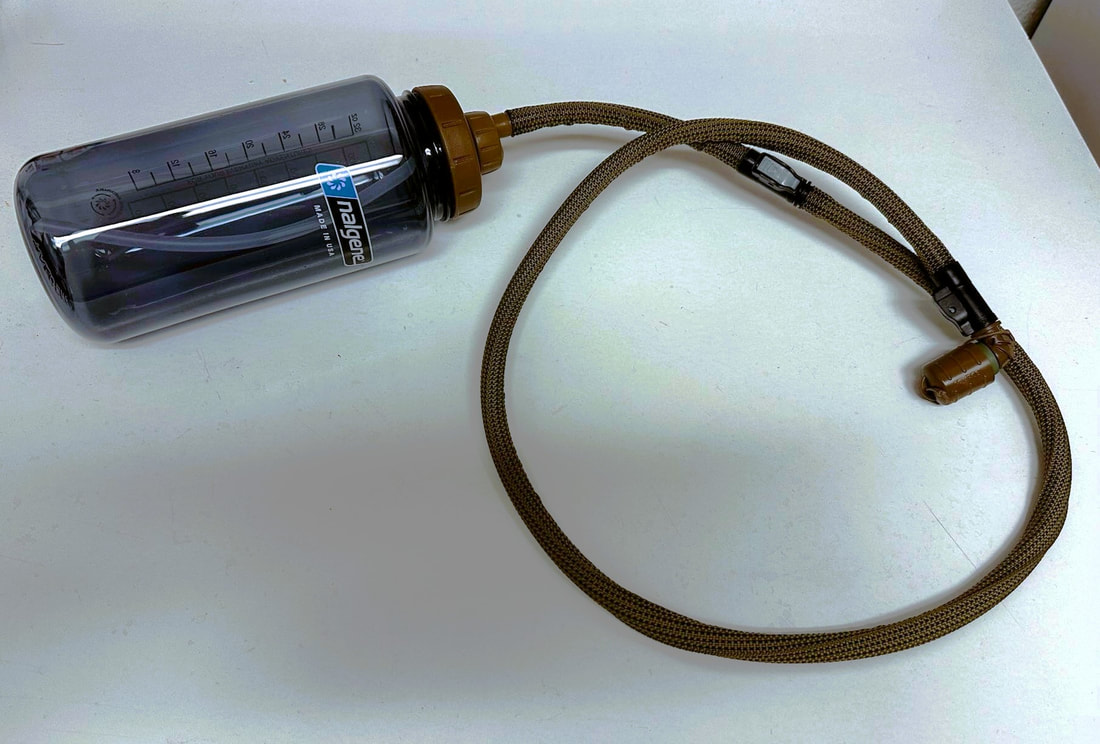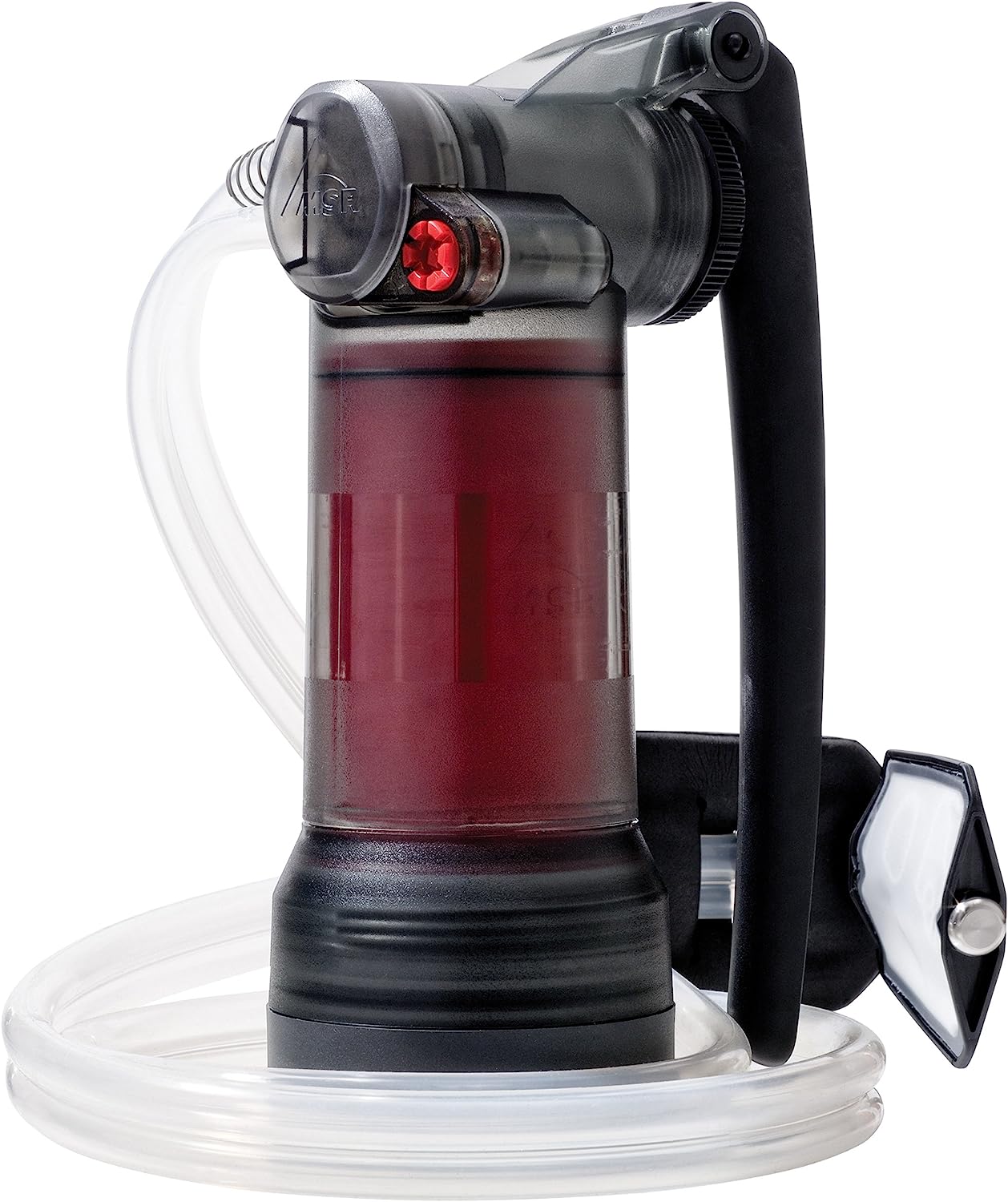 Note: this an adaptation from my non-fiction book Suburban Defense: A cop’s guide to protecting your home and neighborhood during riots, civil war, or SHTF. If it can be seen, it can be hit. If it can be hit, it can be killed. If you can be seen, you can be hit. If you can be hit, you can be killed. Concealment is something that hides you from view, thus the root word of conceal. Concealment typically does not provide protection from bullets. Cover is something that can protect you from penetrating gun fire. Concealment can deflect bullets, but it will not stop them. For instance, shooting through thick brush or foliage may cause bullets to miss, but if you are on the receiving end of fire, don’t count on it. Just because you can’t see your target doesn’t mean that your bullets won’t hit him. If you need to kill someone and they are hiding behind something, odds are you can try shooting through it. Cinder blocks appear to be solid and capable of stopping bullets, but they aren’t. One example of this is from an instructor of mine who received a shot from a suspect from behind a cinder block wall. My instructor knew where the suspect was hiding and shooting from, so my instructor fired his .357 Magnum through the wall (where the shooter’s head/chest would be). His first shots cracked the hollow blocks and the remaining four hit and killed the suspect. Your suburban home will not offer true cover. The best you can hope for in a stucco or siding and wood home is great deflection and energy depletion of bullets. That is why getting low and far away from where bullets might come from is vital. Luck plays a part here and anything in the way of a bullet before it reaches the cover you are hiding behind gives you a better chance of survival. The Marine Corps has the following to say regarding weapon penetration in urban areas. The most likely threat will be from the AR-15’s 5.56mm round. b. Weapon Penetration. The penetration that can be achieved with a 5.56-mm round depends on the range to the target and the type of material being fired against. Single 5.56-mm rounds are not effective against structural materials (as opposed to partitions) when fired at close range—the closer the range, the less the penetration. 7.62mm rounds have greater energy and greater penetration, but at short ranges tend to exhibit penetration characteristics similar to 5.56. 9mm and other pistol bullets will have even less energy to penetrate. Regardless of the caliber, it should be assumed that all bullets will penetrate anything other than substantial cover or correctly rated body armor for that caliber. Bullet penetration of suburban homes Several formal and informal studies of the bullet resistance of homes have been done. The results show that while homes aren’t truly “invisible” to bullets, their ballistic resistance is not enough to provide comfortable protection against aimed fire or “lucky” stray rounds. Gun bloggers performed tests with typical home defense weapons. This was against the individual construction elements (bricks and boards) and not an actual building or simulated wall. Tested against gypsum drywall (Sheetrock), .22 LR cartridges penetrated eight inches, while higher velocity and larger calibers, like .22 Magnum or 9mm and .45, penetrated up to 12 inches. Note that each panel is usually 5/8ths of an inch thick. Against cinder block, only bullets larger than 9mm caused structural damage. It took multiple shots to crack the block. One .357 Magnum round would “chunk” the brick and multiple rounds caused the brick to fail. Various sources have reported that anything smaller than 9mm will not seriously damage cinder block, but multiple shots from larger calibers may damage the block sufficiently to penetrate. Shotgun slugs easily penetrated drywall and destroyed cinder blocks; shot tended to ricochet off the blocks without causing damage. Buckshot penetrated 12 inches of drywall and birdshot penetrated two inches.[2] Canadian researchers fired .38 Special, 9mm, and .40 caliber rounds from handguns and found a third to two-thirds loss of velocity after bullets exited a simulated stucco exterior wall. Wood and vinyl siding covered walls caused about a 15% loss of velocity after penetration. Stucco walls were the most durable, which would slow a standard range type bullet down to about half-velocity.[3] However, bullets traveling at even 500-700 feet per second are deadly. Using the blogger’s test data above, a .38 Special round traveling at 700 feet per second penetrated six inches of drywall; more than enough velocity to go through five walls. It is beneficial that interior walls do have studs and wiring inside as well as other household decorations and furniture that could further deflect or slow the bullet. Rifle bullets, like the ubiquitous AR-15’s 5.56mm bullet, actually penetrates less building materials than handgun bullets, due to the rifle bullet’s unique characteristics; yet this is cold comfort. AR-15 bullets penetrated into ballistic gelatin (which simulates human tissue) about seven inches or a third of the distance that handgun bullets did after penetrating a typical interior wall. Pistol bullets went in about 20 inches.[4] Seven inches of penetration would easily cause serious injuries or death to someone on the other side of the wall. The Blog Box O’Truth found that 5.56 rounds “deviated so much from its course after the first wall, that it was almost impossible to hit the other walls to test penetration.” So they built bigger wall panels and standard M193 bullets went through four drywall panels. Insulation made no difference, but for 5.56 rounds, the air gap of a room may make a difference.[5] Their tests show that the bullets “keyholed” or turned sideways as they tumbled in flight end over end (after penetration), making the eponymous mark. The air gap of a room means more time to tumble and lose velocity. However, these walls were simulated interior walls spaced ten feet apart, not exterior walls. Velocity was not recorded, but death or injuries can’t be excluded from probability of a bullet that made it through.[6] A video from Paul Harrell, an ex-US Army marksman, demonstrated that .30 Carbine and 5.56mm bullets penetrated a simulated exterior walls of wood sheathing, plywood, and drywall, firing first through four panels of drywall before the exterior wall was contacted. He also noted the 5.56 rounds keyholing.[7] A Canadian study found that .223 (5.56) and .308 bullets went through one simulated typical stucco wall. The .223 bullet was believed to have fragmented through the wall while the .308 bullet retained sufficient energy to wound or kill. 12 gauge buckshot was stopped while the slugs penetrated easily. Tests against vinyl siding walls showed the bullets going through both walls, when shot at a corner. 9mm and .40 pistol bullets also penetrated the wall. Clay and concrete bricks (solid) exhibited strong bullet resistance. Large-caliber high-velocity hunting rounds (7mm-.30 caliber) created holes and cracks but did not penetrate. This is consistent with US military testing that multiple rounds centered in one place were required to penetrate solid blocks.[8] What does all this mean? The further away from where the shooter is, the better chance of survival you have. That is why I recommend that anyone taking cover inside the house do so furthest away from the street or wherever the shooter outside is. More material means more energy loss to the bullet and a greater chance for it to be deflected. A typical home has all sorts of stuff in and on the walls, plus furniture and decorations, which might make a bullet go in a harmless direction. On the other hand, random chance could send it into you. For someone at the back of the house, down low, a stray bullet is not much of a danger. Intentional, aimed fire is, however. The greatest danger is a bullet going through a window and continuing undeflected through multiple interior walls. Many people killed in drive-by shootings of homes were struck when bullets passed through windows.
[1] USMC, Military Operations on Urbanized Terrain (MOUT), MCWP 3-35.3, 1998, pp. B3-4 [2] Gun-Tests.com, “Handgun Bullets: How Do They Penetrate in Home Materials?”, originally published October 13, 2015, updated March 19, 2020, retrieved 06/15/2021. https://www.gun-tests.com/ammo/handgun-bullets-how-do-they-penetrate-in-home-materials-4/ [3] R. W. Schiefke, Canadian Police Research Centre, TR-11-09 “Penetration of Exterior House Walls by Modern Police Ammunition,” October 1997. [4] Gary K. Roberts, “The Wounding Effects of 5.56MM/.223 Law Enforcement General Purpose Shoulder Fired Carbines Compared with 12 GA. Shotguns and Pistol Caliber Weapons Using 10% Gelatin as Tissue Simulant,” Would Ballistics Review, Vol. 3 No. 4, 1998 [5] [5] The Box O’ Truth, "#14 – Rifles, Shotguns, and Walls," undated, retrieved 6/15/21, https://www.theboxotruth.com/the-box-o-truth-12-insulated-walls/ [6] The Box O’ Truth, "#14 – Rifles, Shotguns, and Walls," undated, retrieved 6/15/21, https://www.theboxotruth.com/the-box-o-truth-14-rifles-shotguns-and-walls/ [7] Paul Harrell, YouTube, March 1, 2020, retrieved 6/15/21, https://www.youtube.com/watch?v=Qw8IiRgSMFQ [8] Scott D. Kashuba, et al., Resistance of Exterior Walls to High Velocity Projectiles, Canadian Masonry Institute, Jan. 2001. Comments are closed.
|
Author Don ShiftDon Shift is a veteran of the Ventura County Sheriff's Office and avid fan of post-apocalyptic literature and film who has pushed a black and white for a mile or two. He is a student of disasters, history, and current events. Archives
May 2024
Categories
All
As an Amazon Associate I earn from qualifying purchases.
|

 RSS Feed
RSS Feed






